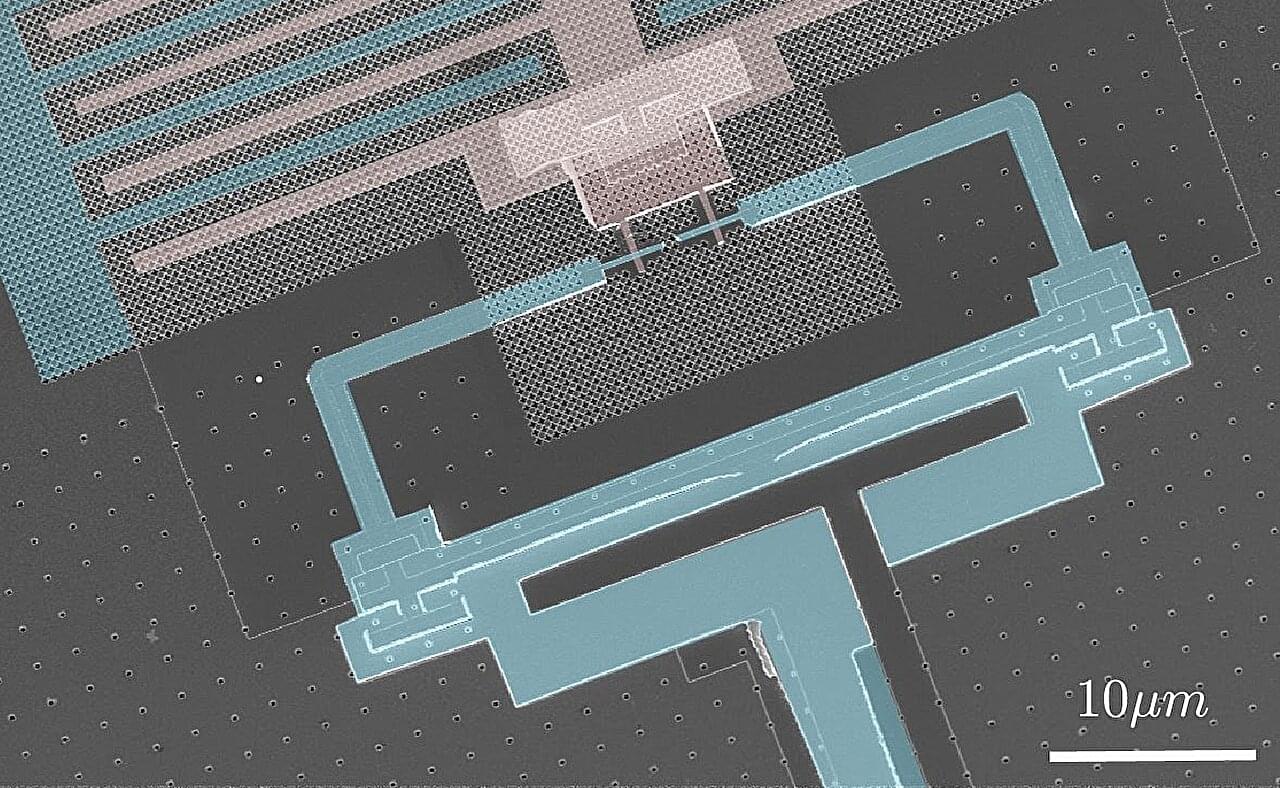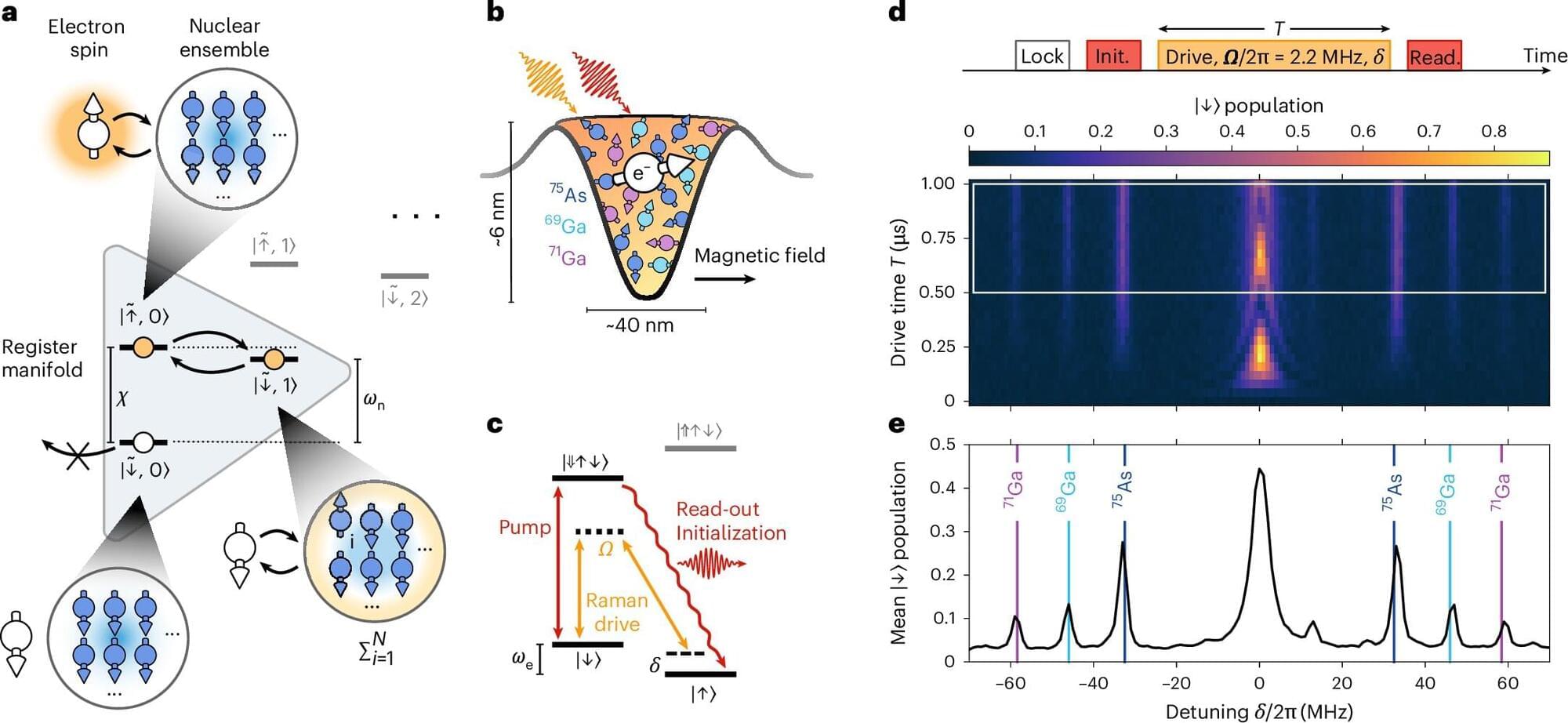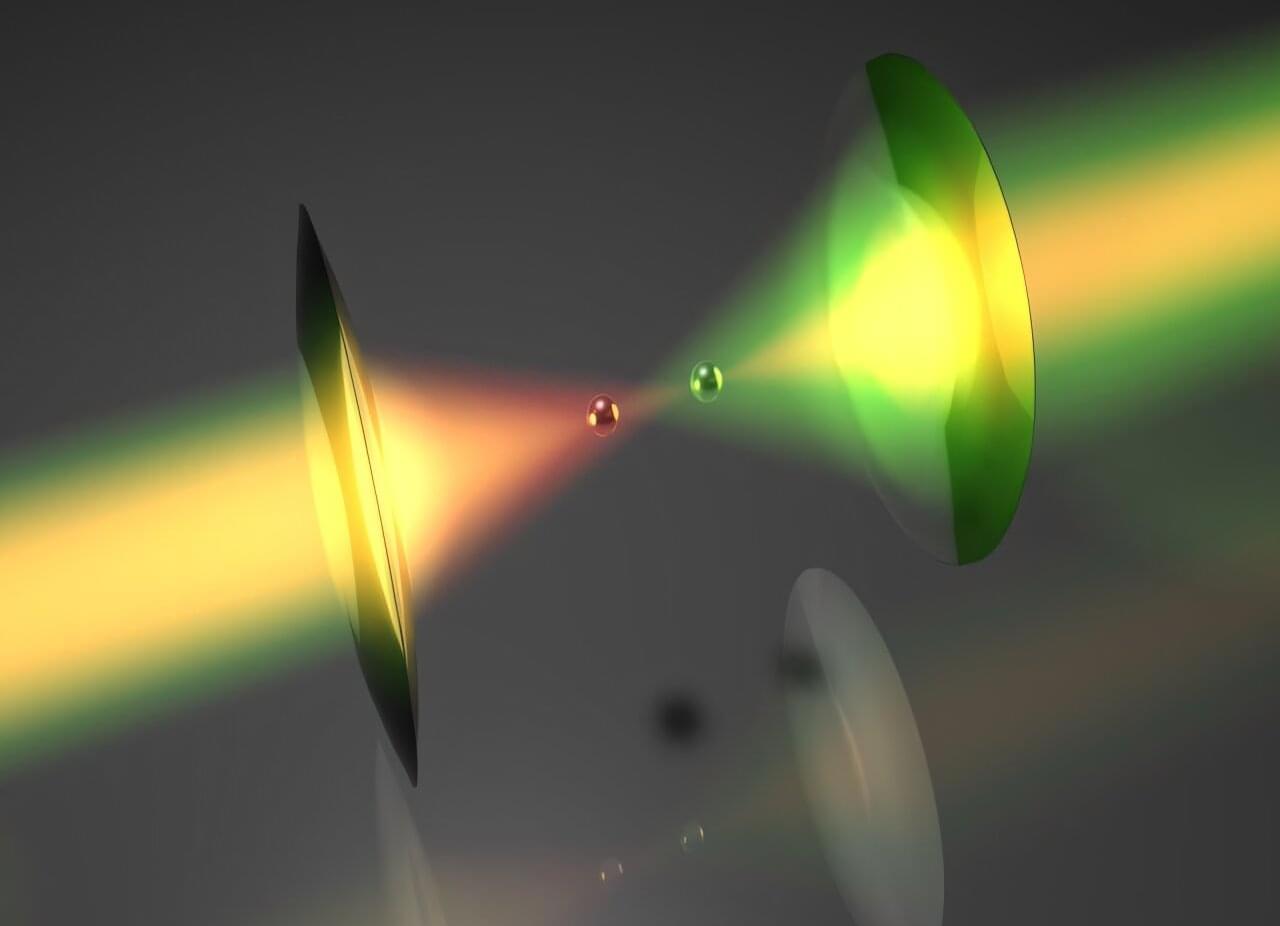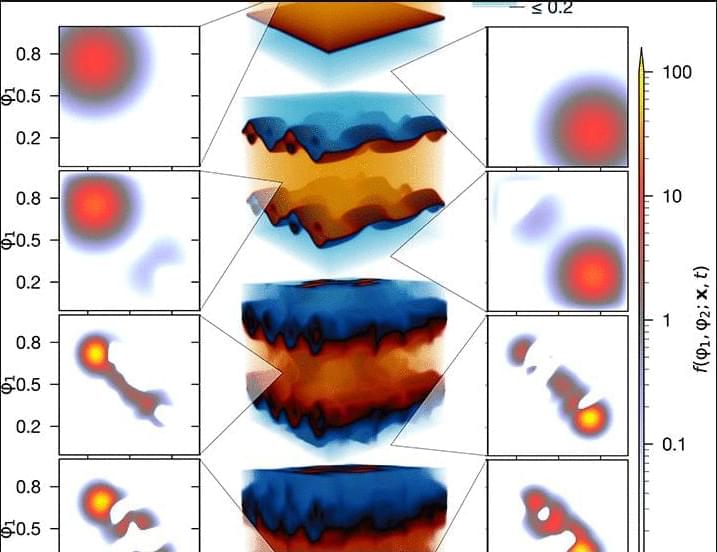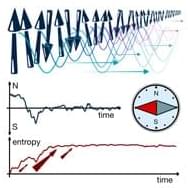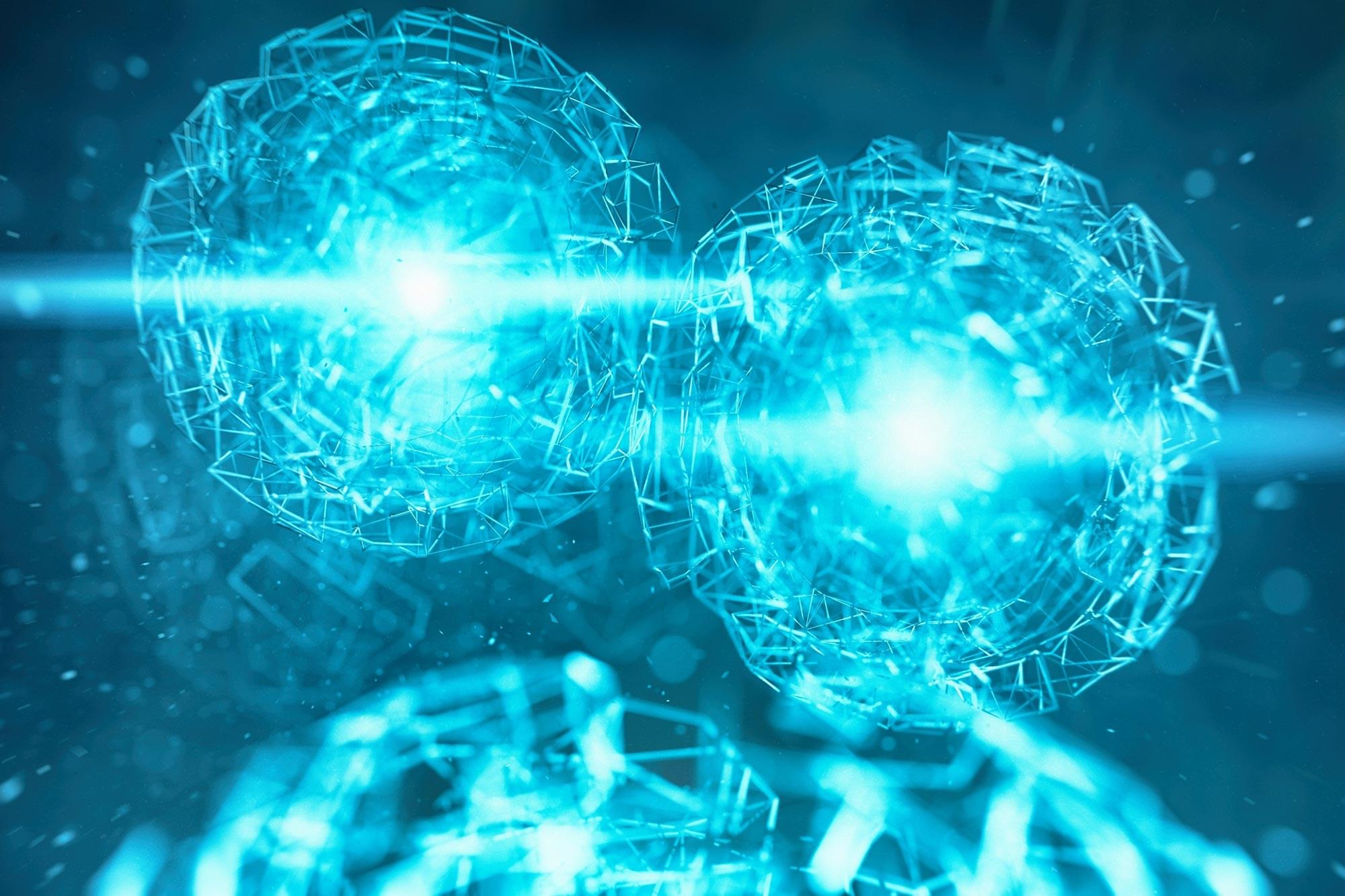Quantum computers have the potential of outperforming classical computers on some optimization and computational tasks. Compared to classical systems, however, quantum systems are more prone to errors, as they are more sensitive to noise and prone to so-called decoherence.
Decoherence is a process via which a quantum system loses its quantum properties due to interactions with its surrounding environment, causing a loss of quantum information and errors. This loss of coherence can be caused by a range of external disturbances, including material defects, temperature fluctuations and electromagnetic fields.
In recent years, physicists and engineers worldwide have been trying to devise effective methods to reduce decoherence and thus improve the reliability of quantum computers. The sources of decoherence in solid-state systems include so-called two-level systems (TLSs), which are a class of material defects that arise from the random switching between two energy states, which can disrupt the stability of qubits.
